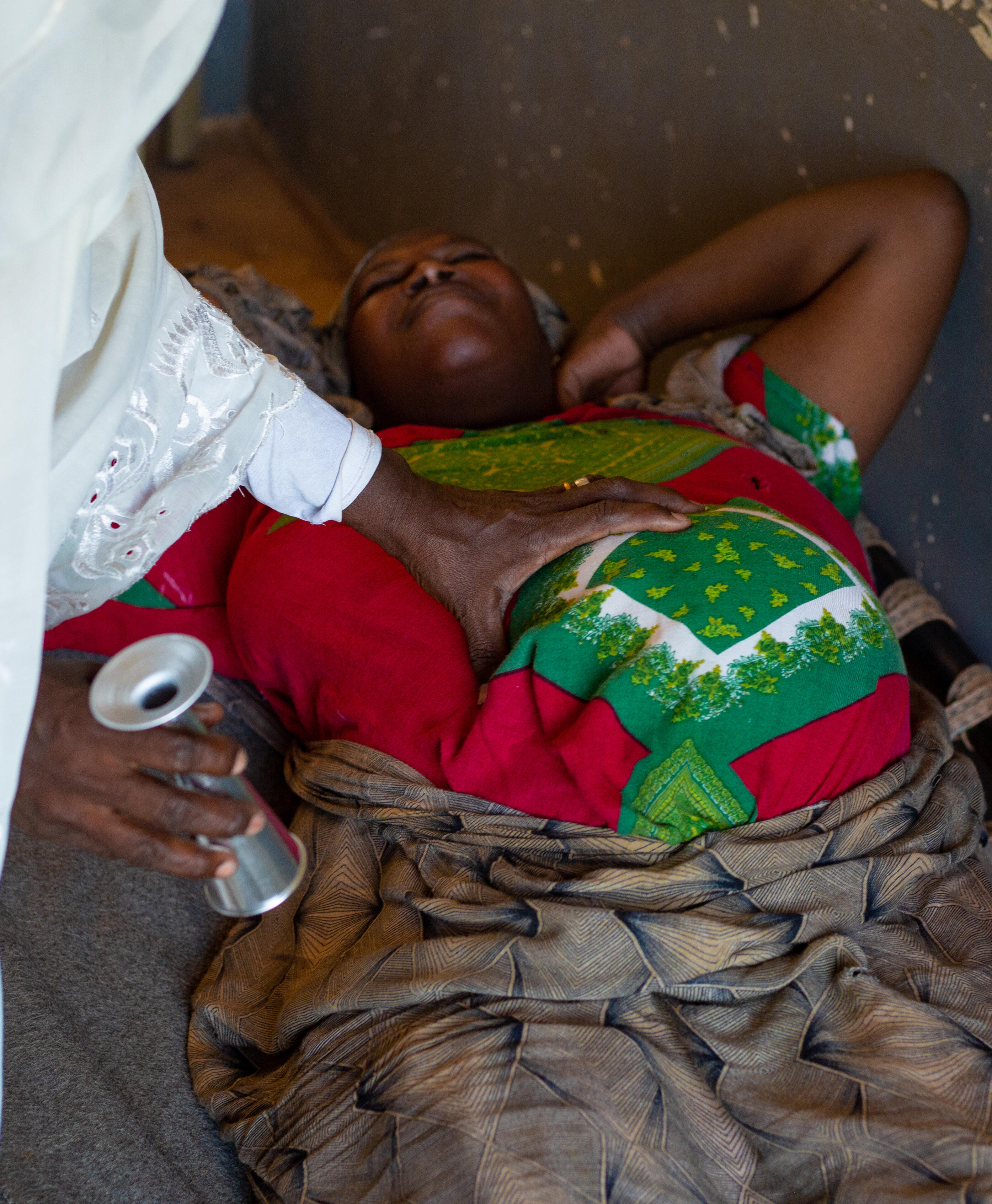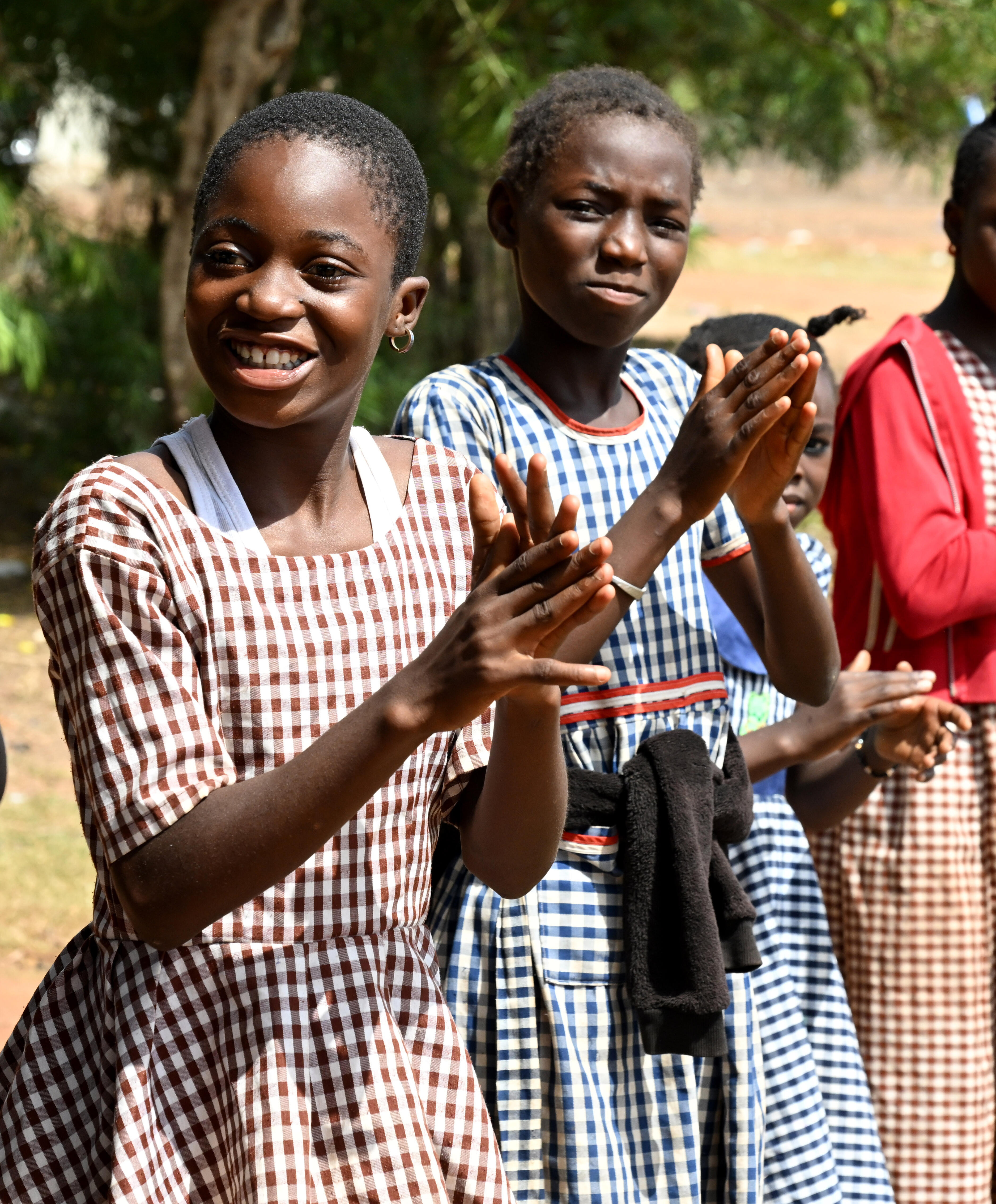Children's unique vulnerabilities
During pregnancy and the early years of life, children’s bodies and systems are developing rapidly. For example, the developing brain witnesses the birth of billions of brain cells, which grow, travel to specific areas in the brain and make connections that give us the capacity to sense, move, communicate and learn. These early years are known as ‘windows of vulnerability’ for children’s development. Exposures during childhood can have long-term health consequences, potentially leading to chronic diseases later in life. Adverse effects on the developing brain, respiratory system and immune system can manifest as cognitive deficits, respiratory disorders and increased susceptibility to infections.
Children are uniquely vulnerable to environmental risks
Pregnancy
- During pregnancy, the fetus undergoes rapid and complex development. Exposure to environmental hazards during this time can interfere with the normal development of organs, tissues and systems, potentially leading to birth defects and other health issues. For example, pregnant women and their developing babies are particularly vulnerable when exposed to extreme heat. The odds of preterm and stillbirth increase proportionately with increases in temperature.
- A mother’s body can store harmful chemicals, sometimes over many years, and she can pass these along to her child during pregnancy and breastfeeding. Substances that may not harm the mother could pose risks to the developing fetus as they may interfere with crucial developmental processes during different ‘windows of vulnerability.’
- Pregnant women may be more susceptible to certain infections, and exposure to environmental hazards can further compromise the immune system. Infections during pregnancy can have adverse effects on fetal development. Inadequate nutrition combined with exposure to certain toxins or infections may exacerbate the risks and impact fetal development.

Infancy and childhood

- After birth, children’s exposure to environmental hazards continues through their daily activities. Low levels of environmental exposures that may be tolerable for adults can have detrimental effects on children.
- Children breathe, eat and drink more than adults. Meanwhile, children's detoxification mechanisms in their lungs and immune systems are not fully developed. This means that certain infectious diseases and toxic substances in their environments affect children disproportionately, compared to adults, and children bear the potential health consequences for many years.
- Children also exhibit child-specific behaviours such as breastfeeding, crawling and hand-to-mouth activities. These behaviours can result in greater contact with pollutants present in soil, dust and air.
- Children generally have higher metabolic rates than adults, which can lead to higher heat production, increased absorption of toxins and faster elimination making them susceptible to extreme heat and toxic exposures.
- Children are dependent on others and do not have control over their environment. Infants often spend time near their caregivers while they cook without adequate ventilation. Children can be exposed to chemicals that their caregivers bring home from their workplace such as pesticides, mercury and lead. Children are susceptible to disasters as they are often dependent on adults for care and protection. In the chaos of a disaster, they may be separated from their caregivers, leading to increased vulnerability.
Adolescents
- Adolescence is a period of rapid physical and hormonal changes. The body undergoes significant growth, and organ systems continue to develop. Exposure to environmental hazards during this critical period can disrupt normal development and have long-term health consequences.
- The adolescent brain is still undergoing development, particularly in regions associated with decision-making, risk assessment and impulse control. Exposure to certain environmental toxins can impact cognitive function and behaviour during this crucial period of brain development.
- Adolescents may consume unhealthy diets and experiment with substances such as tobacco, alcohol and drugs. Exposure to environmental toxins, including those found in these substances, can have more pronounced effects on developing organ systems and increase the risk of addiction.
- Environmental hazards can contribute to psychosocial stress, which may be heightened during adolescence due to academic pressures, peer relationships and identity formation. Chronic stress can amplify the impact of environmental exposures on physical and mental health.
- Adolescents may also be exposed to occupational hazards and unsafe built environments that may result in injuries.

Poor and marginalized children are the most at risk
Nearly 92 per cent of pollution-related deaths occur in low- and middle-income countries, with children being affected the most.
Children who live in the poorest communities and those affected by conflict are most vulnerable to the impacts of climate change and degrading environments. These children are the most at risk when climate-driven disasters strike because they live in slums, informal settlements or near industrial areas, or are working in toxic dumpsites and hazardous agricultural or mining operations.
Children who are most vulnerable to climate change and environmental degradation include indigenous children, internally displaced children, children with disabilities and children living in poverty.
The major environmental risks affecting children
- Climate change exposes children to extreme heat, changing patterns of infectious diseases, food insecurity and water scarcity, and extreme weather events.
- Industrialization-related environmental degradation has steadily increased, including the use of hazardous chemicals in consumer products. E-waste, plastics and the unsound use of toxic chemicals contaminate the air, water and soil.
- Unsafe built environments, particularly health care facilities, schools, homes and infrastructure, pose additional risks for children. The lack of basic services, such as sanitation facilities, can cause infectious diseases to spread, whereas the lack of traffic regulations can result in road traffic injuries.